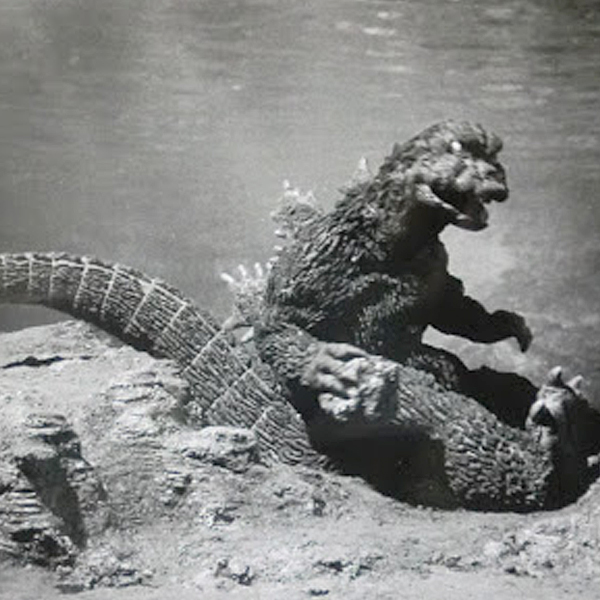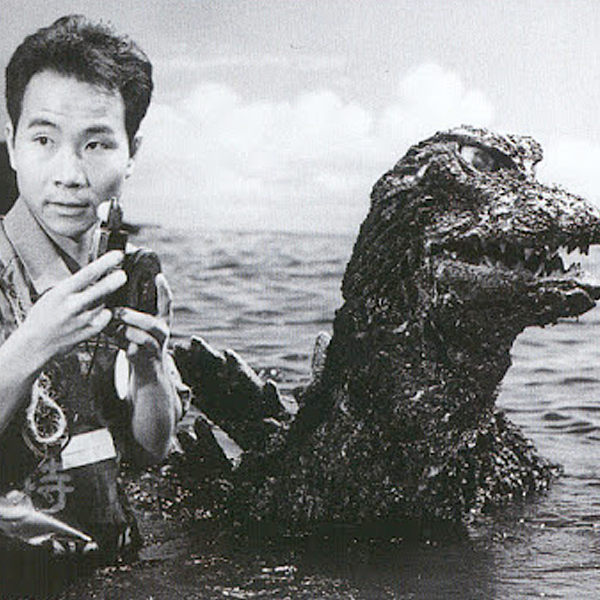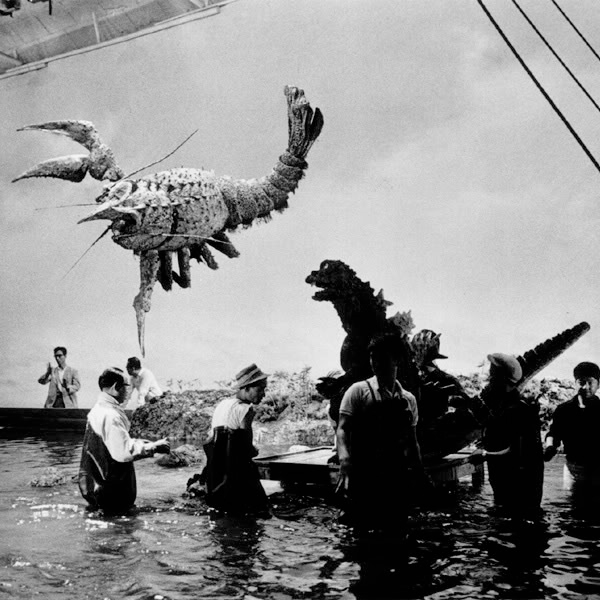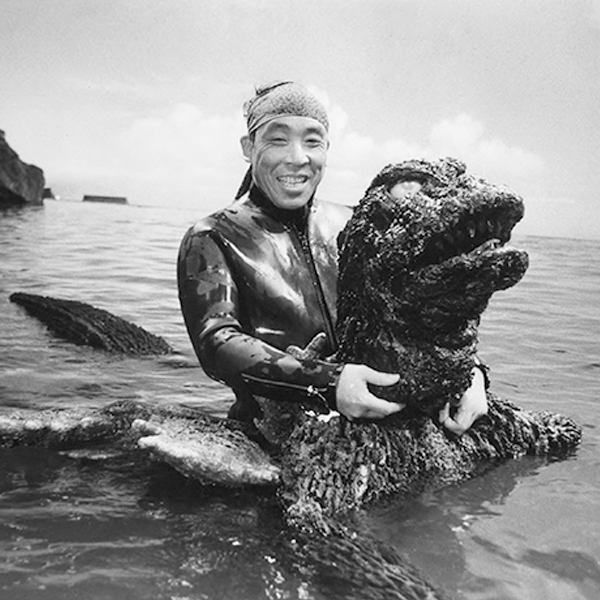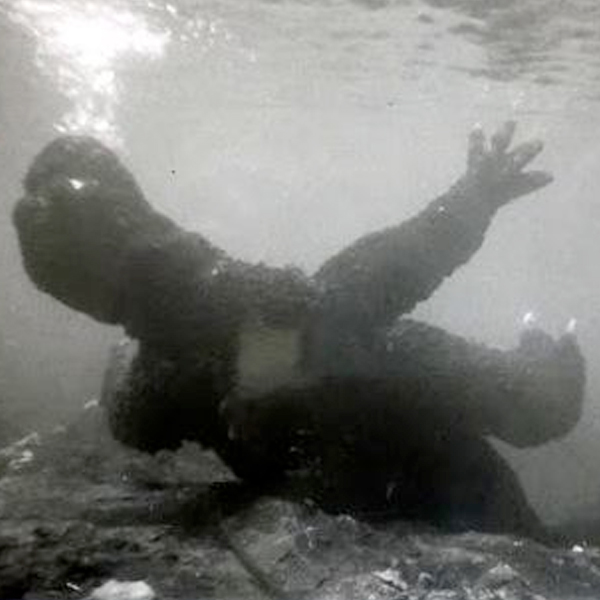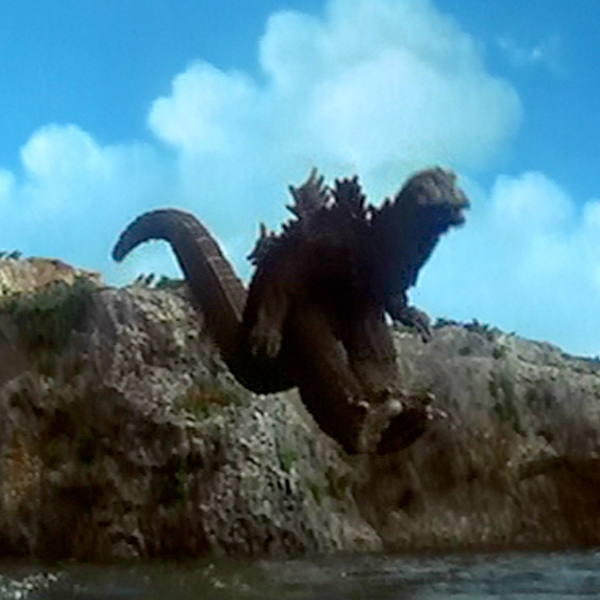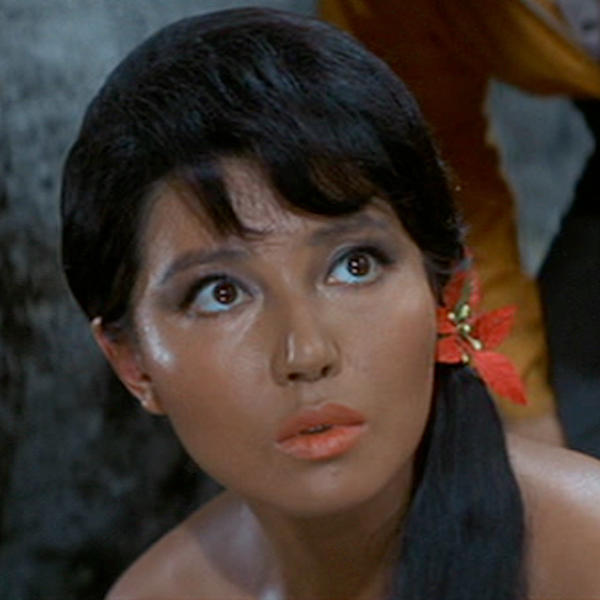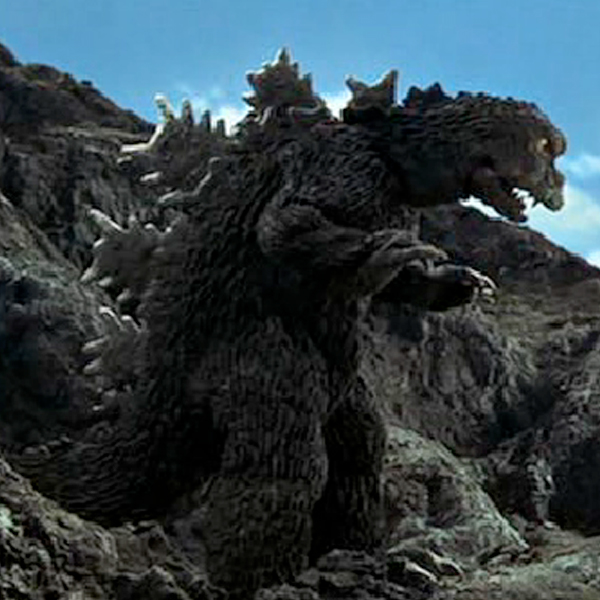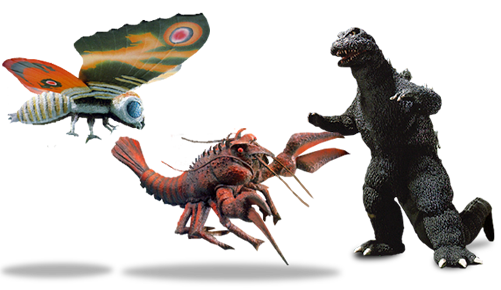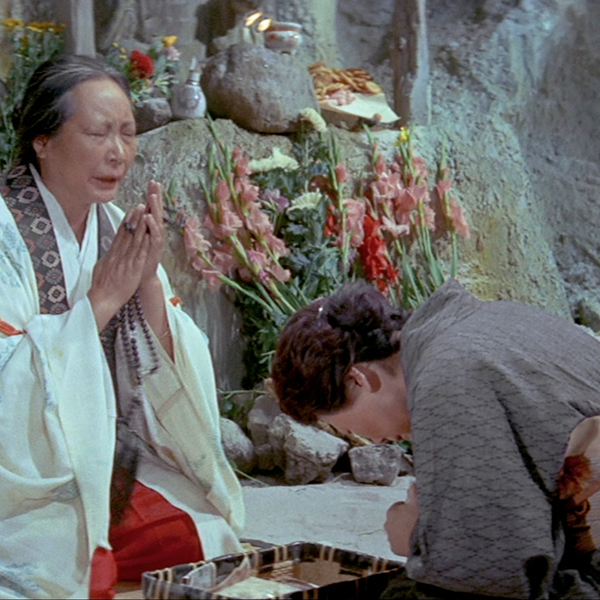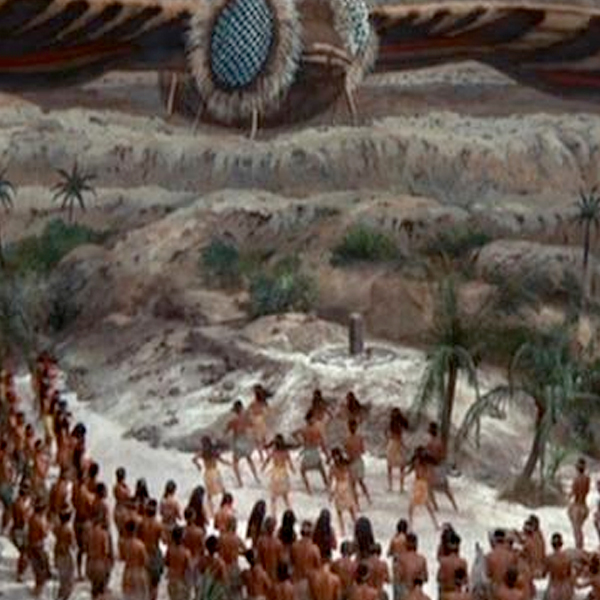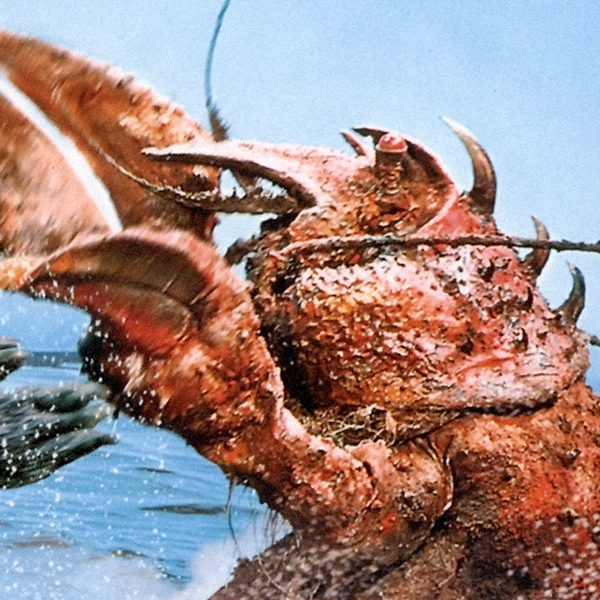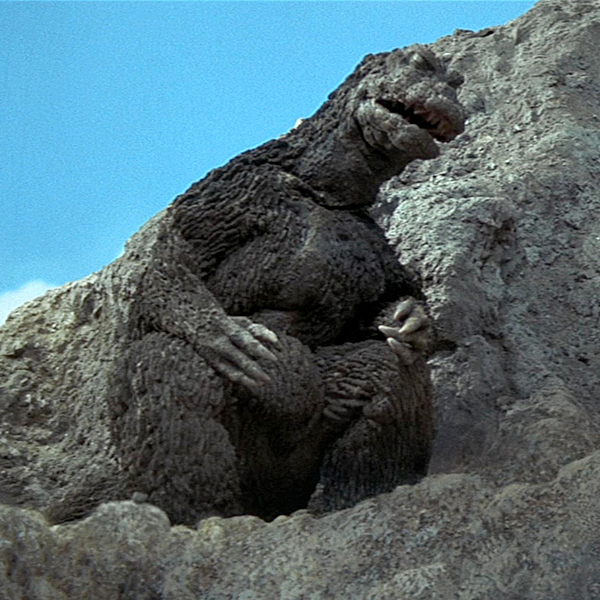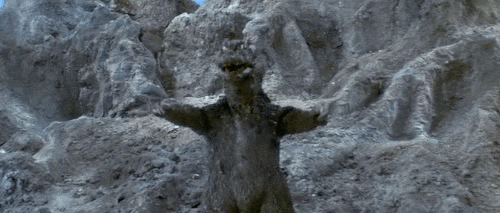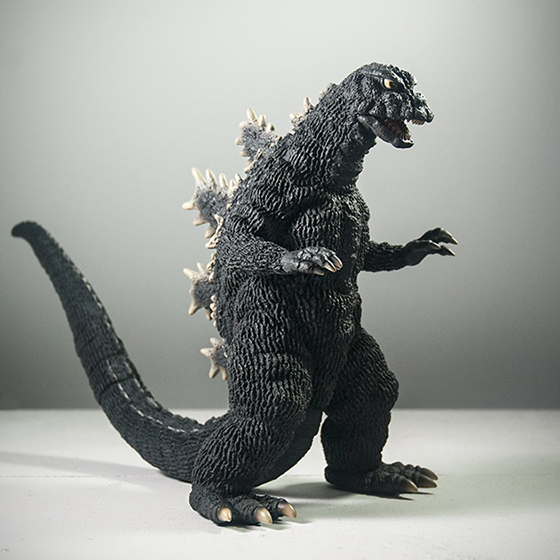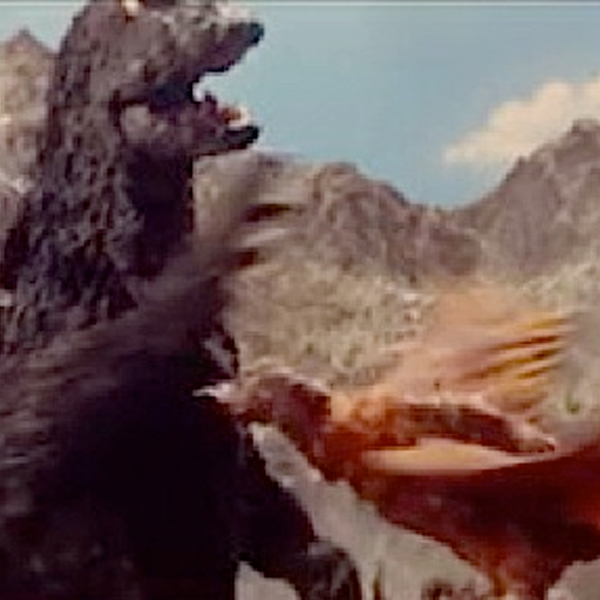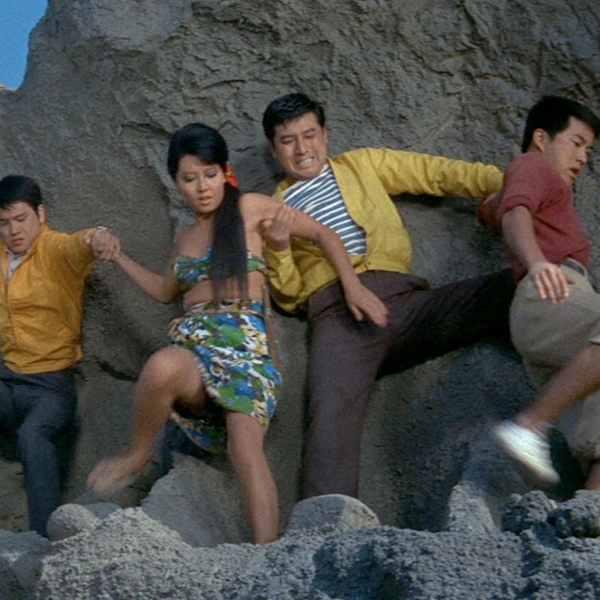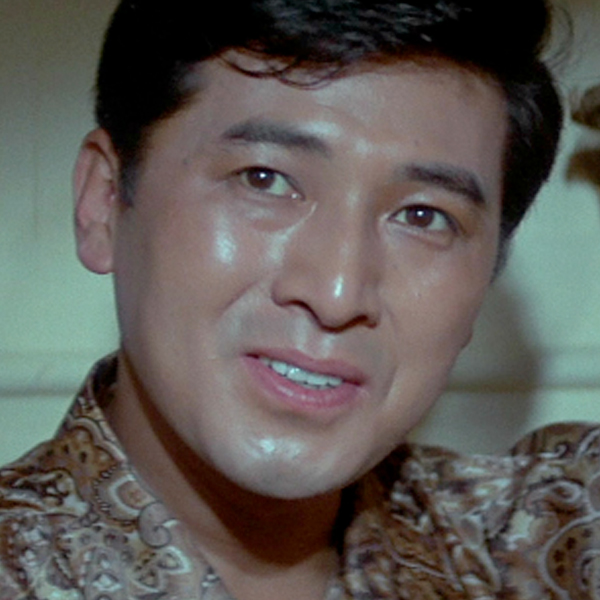7.20.14
Today, I continued what I will call the Godzilla project which involves watching each Godzilla movie in order in order to observe each storyline and the creative execution of each film. Next up was Godzilla, Ebirah, Mothra: Big Duel in the South Seas (1966) ゴジラ・エビラ・モスラ 南海の大決闘, a.k.a. Godzilla vs. The Sea Monster.
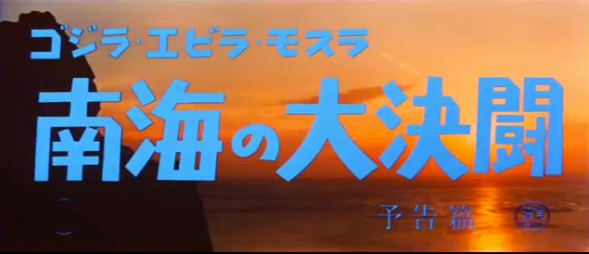
Let me first say Ebirah is nowhere to be found on iTunes and it’s not ready available like many other films. I was elated to find it free on Hulu with periodic commercial spots. I was surprised to find the original Japanese version with English subtitles. The quality was excellent.
My first impressions since I first watch Ebirah over twenty five years ago were I love the score. From the opening credits and scene the Masaru Sato score is the strength of the movie. It’s a departure from previous films with upbeat tempo fitting of the 60s. Ebirah is clearly a product of the 60s. Scenes, angles, and shots reminded me of James Bond, the Adam West Batman series, Gilligan’s Island, and Gidget.
